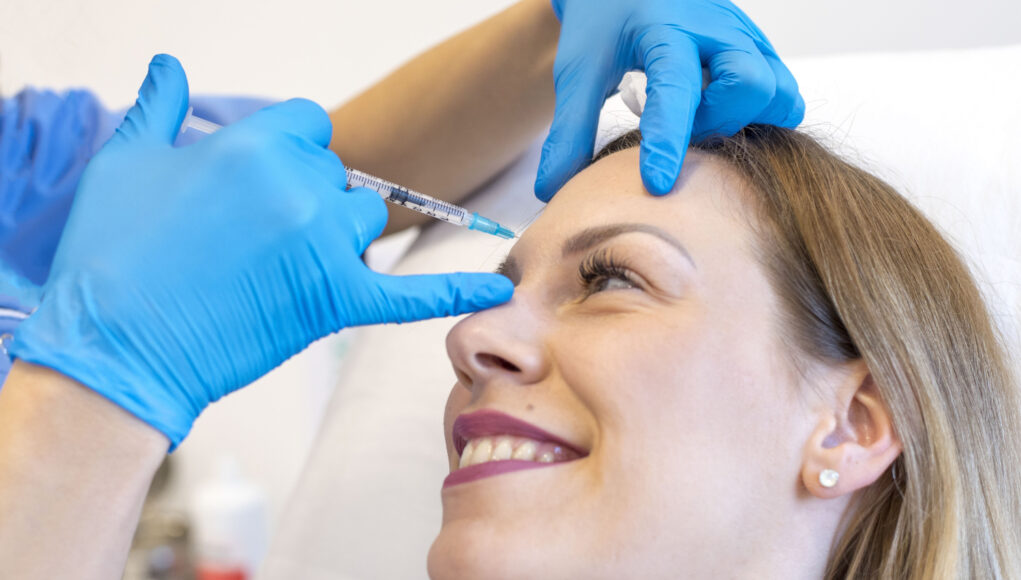Botox, or injectable Botulinum toxin, is a popular non-surgical treatment for reducing wrinkles and fine lines. While many patients are familiar with the immediate benefits of Botox, understanding how long these effects last is crucial for informed decision-making. Let’s discuss some of the factors influencing Botox duration, the potential for extended results, and recommended treatment schedules.
The Average Lifespan of Botox
The FDA states that Botox typically lasts for approximately three months. However, individual experiences can vary significantly. Several factors contribute to the longevity of Botox effects, including:
- Metabolism: Individuals with faster metabolisms may metabolize Botox more quickly.
- Age: Older patients may experience shorter-lasting effects due to changes in skin elasticity and muscle tone.
- Treatment area: Larger, more active facial muscles may require more frequent treatments as the Botox may be metabolized faster.
- Dosage: Higher doses of Botox can generally lead to longer-lasting results, but there’s a balance to be struck between effectiveness and potential side effects.
- Frequency of treatments: Regular maintenance treatments can help prolong the benefits of Botox over time.
The Role of Dosage
Recent studies have shown that increasing the dosage of Botox can extend its duration in certain facial areas. For example, some research suggests that doubling the standard Dysport dose or increasing the Xeomin dosage can lead to results lasting up to nine months. However, it’s important to note that higher doses may also increase the risk of side effects or an unnatural “frozen” appearance.
Recommended Treatment Frequency
Based on the average duration of Botox effects, most practitioners recommend the following treatment schedule:
- Initial Botox treatment
- Follow-up treatment at 3-4 months
- Subsequent maintenance treatments every 3-4 months
However, individual needs may vary. Some patients may be able to extend the time between treatments, especially after multiple sessions. When recommending a Botox treatment schedule, ensure you assess the patient’s specific goals and factors that may influence treatment duration.
Additional Considerations
Beyond the factors mentioned above, there are other considerations that can influence Botox duration:
- Individual variations: Even within the same age group and with similar metabolisms, individual responses to Botox can vary. Some patients may naturally metabolize the neurotoxin more quickly than others.
- Lifestyle factors: Certain lifestyle factors, such as smoking and excessive alcohol consumption, can affect the longevity of Botox results.
- Combination treatments: Combining Botox with other aesthetic treatments, such as dermal fillers or laser resurfacing, can enhance overall results and potentially extend the duration of Botox effects.
While the FDA guidelines suggest a three-month duration for Botox, individual experiences can differ. Factors such as metabolism, age, treatment area, dosage, and treatment frequency all play a role in determining how long Botox results will last. By educating your patients about these factors and working collaboratively, you can help them achieve their desired aesthetic outcomes and maximize the benefits of Botox.





